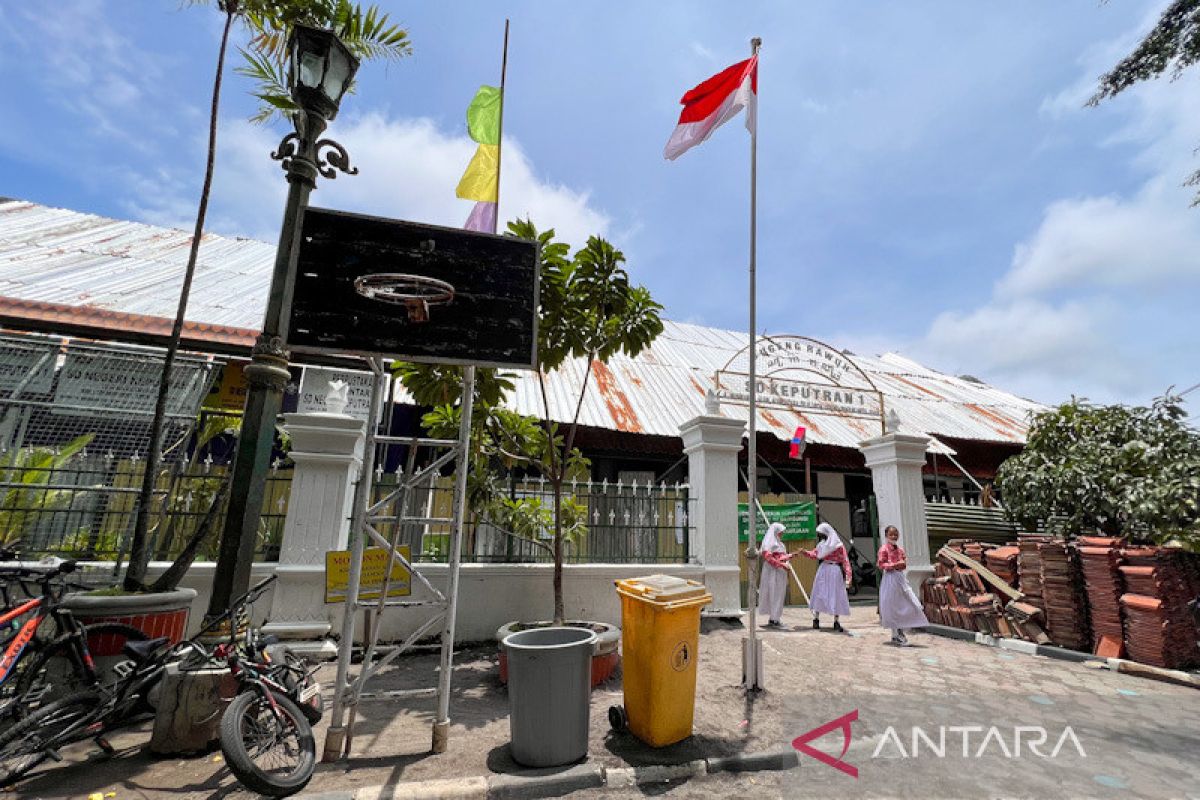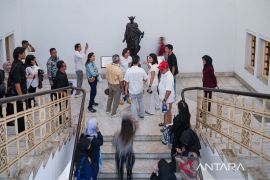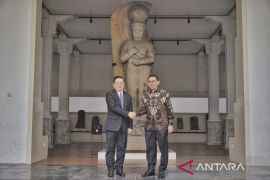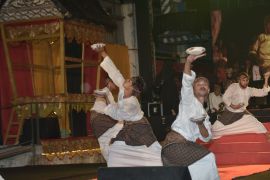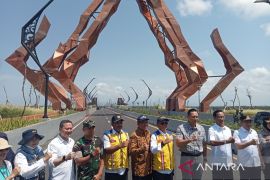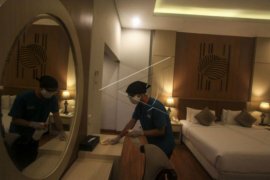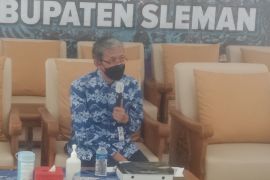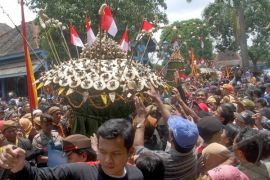Thus, the title of Yogyakarta, as a city of culture and education, apart from supporting the progress of education and cultural heritage site preservation, can be maintained.
According to the Yogyakarta Cultural Office data, there are 693 cultural heritage buildings in the city, most of which are residential houses, though there are also places of worship, dormitories, hotels, offices, stations, museums, and schools.
Of the hundreds of cultural heritage buildings, some 20 buildings functioned as schools, and they are planned to be revitalized.
One of them is state elementary school SD Negeri Keputran 1 Yogyakarta located in the south corner of the North Square (Alun-Alun Utara) of Yogyakarta on Musikanan Street.
The building has been designated as a cultural heritage monument by the culture and tourism minister on October 17, 2011.
The school was built by Sultan Hamengku Buwono VII in 1913 under the name Holland Indische School (HIS), and in 1946, its name was changed to "Sekolah Rakjat Sempoema Kepoetran 1" or the Sempoema Kepoetran 1 People's School.
Since mid-August of 2022, the school, which has been around for over a century, was renovated on account of the damage observed over time that could endanger the lives of students.
The renovation budget was not sourced from the Education Office or the Office of Public Works, Housing and Settlement Areas, but from a special fund managed by the Yogyakarta City Cultural Office, with a total value of Rp870 million.
The main focus of the renovation is the roof and its structure, as it already leaks. The school roof will be restored to its original condition, which uses clay tiles without adding glaze or shiny paint.
"Only one type of tile will be used. We are also repairing the ceiling," Head of the Cultural Heritage Division of the Yogyakarta City Cultural Office Susilo Munandar explained while noting that four different types of tiles were used before.
In rehabilitating and renovating cultural heritage buildings, the Yogyakarta City Cultural Office involved several archaeologists to ensure that the repaired buildings did not deviate from the original traditional style of architecture.
Input and suggestions were also received from the office's cultural heritage expert team that comprised five members.
The team was keen to restore the building to its original version by using the same or at least close to the building materials used back then.
Although it is 109 years old, some parts of the SD Negeri Keputran 1 building are still original, such as the wooden frames and walls made of woven bamboo or gedhek.
The wooden frame used for the class building is believed to be around 200 years old, as Sultan Hamengku Buwono VII chose wood that was a century old then.
However, some parts of the building had not been kept authentic, such as the floor, which is now ceramic, and the boundary wall between classrooms to replace the gedhek.
The floor replacement from gray tiles to ceramics was carried out by the school before the issuance of Law No. 10 of 2010 concerning cultural heritage.
In addition to SD Negeri Keputran 1, the Yogyakarta City Cultural Office noted that six other schools are cultural heritage buildings that also need renovations, though the budget still cannot be realized.
The schools are SD Kintelan, SD Ungaran, SD Ngupasan, SMP Negeri 1 Yogyakarta, SMP Negeri 6 Yogyakarta, and SMP Negeri 8 Yogyakarta.
School branding
Yogyakarta City Regional Secretary Aman Yuridijaya assessed that the number of educational buildings or schools in the city that utilize cultural heritage buildings is what makes the city unique.
The schools' rehabilitation should not only be considered as an effort to support education but also a preservation of cultural heritage buildings, he emphasized.
In addition to returning cultural heritage to its original form, branding for educational purposes must be conducted.
Branding is conducted by presenting a narrative or story about cultural heritage buildings. Branding is seen as an effort that will move people to develop a greater appreciation for the preservation of cultural heritage buildings.
If a heritage building is only seen as an ancient structure without any narrative, it would not attract the public, and it is possible that historical stories will be lost to the times.
A cultural narrative is believed to be the wealth and strength in Yogyakarta City and is able to increase tourism attraction resources in Yogyakarta City.
Meanwhile, the support of special funds for the rehabilitation of schools that use cultural heritage buildings was conducted for the first time at SD Negeri Keputran 1 Yogyakarta and is expected to be continued in other schools in need.
"This synergy is a real form of integration between educational development programs and the acceleration of the cultural heritage buildings preservation," Yuridijaya stated.
Towards comfortable learning
Although school activities were disrupted due to the physical reconstruction being underway, teaching and learning activities can run better after it is completed.
Students must be careful while entering and exiting classrooms because of the several iron frames and piles of materials.
However, the physical construction work has followed the plan and is targeted to be completed by year-end.
Principal of SD Negeri Keputran 1 Yogyakarta, Agus Sutikno, believes that teaching and learning activities in schools will become more smooth after the project is completed.
"The learning process will be better, and hopefully, the quality of education in schools and in Yogyakarta City will also increase," Sutikno remarked.
Related news: Three ministers campaign for road safety in Yogyakarta
Related news: Some 214 tankers to join Indonesia International Series in Yogyakarta
Editor: Rahmad Nasution
Copyright © ANTARA 2022
